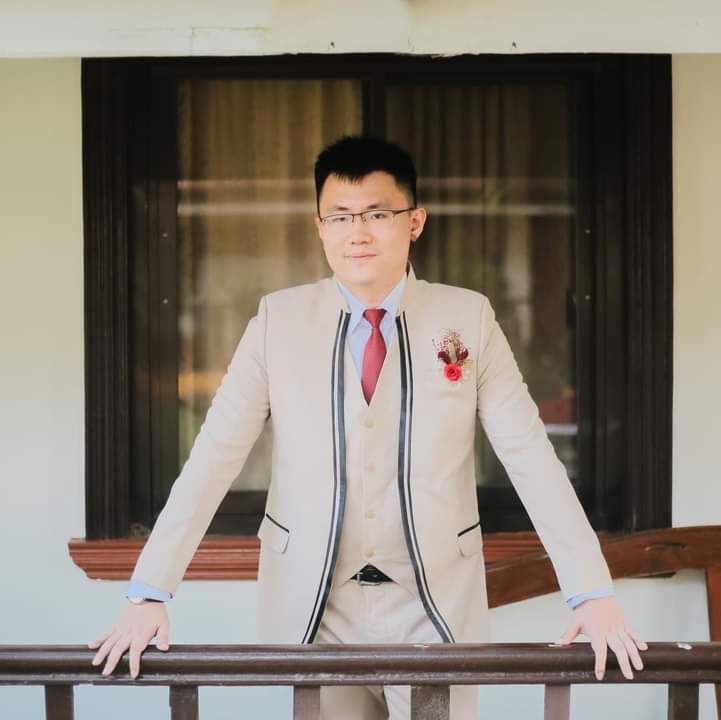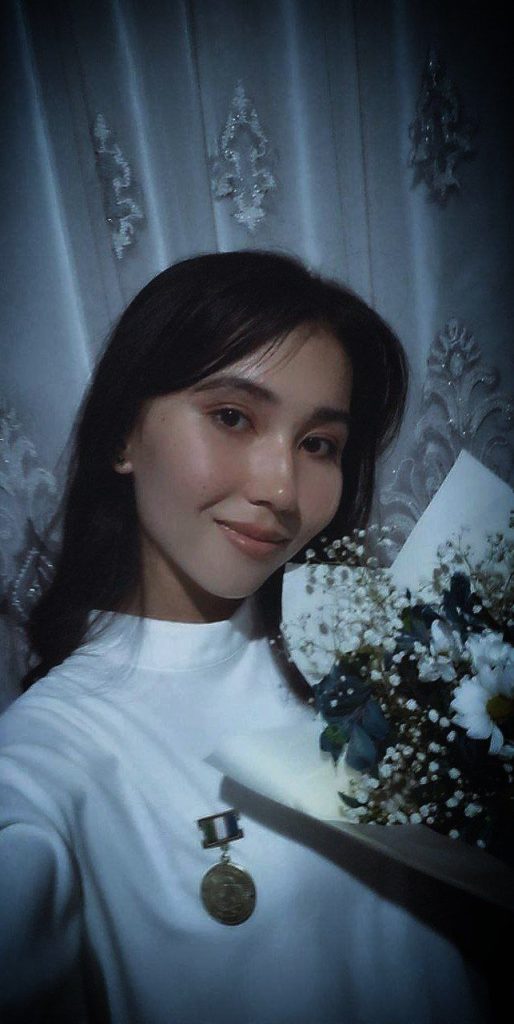Cis
Previously published in redrosethorns
“It’s magic,” the girl squealed with delight; the sunrise was amazing. It was the first one she’d seen this year, or even the year before, she said. Meghan had been sequestered away from her friends and family for what seemed like years but which in reality had been only four weeks. Her friend Darla stood near the window with Meghan and watched the sun peep over the horizon, the pinks and magentas giving way to the oranges and yellows of the fiery ball of unspent hydrogen. An azure sky provided the perfect backdrop to the palette of vivid rainbow hues.
While Meghan gazed, enraptured, Darla’s eyes were swimming with tears of sorrow. She couldn’t fathom what her friend, younger than her by one year, had gone through over the past month. Meghan had been abducted and kept hidden away at some horrible “camp,” the unwilling target of a conversion therapy engineered by her parents and her minister to make the fifteen-year-old cisgender.
– – –
Meghan awoke with a start. There were two strange men in her bedroom, plus one that she knew–Pastor Bob. Before she could speak, Pastor Bob said. “Get dressed, Meghan.” He tossed some garments onto her bed.
“What…?” she began.
“C’mon,” said the minister curtly, yanking the sheets down, revealing her nakedness.
Meghan grabbed for the sheets, but without effect. Before she knew what was happening, the two strangers seized her from her bed and began dressing her, like a child, in sweats. Where were her parents? she wondered wildly. She cast her eyes about the room and saw by her clock radio that it was only 3am.
“I’m not going anywhere with you,” she said, finding her voice at last. In response, one of the men turned her around, pushed her down against the mattress and bound her wrists with those plastic ties they affixed to the wrists of criminals when taking them into custody. As a final degradation, one of the men stuffed a thick cloth, smelling of alcohol or gasoline or something, into her mouth. Next, they pulled her to her feet and marched her from the room.
The trip to what Meghan came to regard as “The Camp” was a long one. Bound and on the floor of a van, she didn’t know in which direction they had set out.
– – –
“Dar’, look at the sky,” said Meghan, marveling at the rising sun. “It’s God’s work,” she insisted. “All good things come from the Almighty One.” She turned to regard her friend.
“That’s right, Baby, it’s beautiful,” replied the older girl.
“What is it, Dar’, what’s wrong? You’re crying.”
“Tears of happiness,” lied Darla.
At this Meghan smiled widely. “I’ve got a date tonight with Timmy. Do you think he’s cute?” Then an awkward pause. “Oh, I’m sorry, Honey, for a moment I forgot that, well…” Tim Fisher was a member of the congregation to which Meghan and her family belonged.
Darla held her breath. She was afraid she would receive the lecture about how “broken” and “dysfunctional” and “abnormal” non-binaries and other LGBTQs were. She’d already heard it twice before. For whatever reason, Meggie didn’t go on about it this time. Darla took this as a positive sign.
Darla grew wistful, remembering the almost one year during which the girls had existed as secret teenaged lovers. Whether it was lying close on the beach or in bed or innocently holding hands at a school event, the sweetness of the experiences remained fresh in Darla’s mind. Her thoughts returned to the present and the awful dilemma before her.
Several days after Meghan had returned from the conversion camp, when she was finally allowed visitors, she had confided in her friend about what occurred during her 30-day hiatus.
– – –
Meghan leaned against the wall of the cold, windowless room into which she’d been deposited upon her arrival at The Camp.
“Stand up straight!” bellowed a harsh voice from a speaker on the wall.
She sprang erect again but, after shifting restlessly from one foot to the other, she leaned on the wall again and then finally, sat on the floor. Time and again the PA screamed for her to come to her feet but at length, she ignored it.
Into the room burst a matron, dressed in nurse’s white, but Meghan knew she was no nurse. “Get to your feet, Meghan!” she shrieked. But when Meghan refused to comply, the woman beat her viciously with a broomstick.
“Ow, shit!” rasped Meghan, coming instantly to her feet. But still the beating continued, over her calves and thighs and arms. “Why are you doing this?” screamed the 15-year-old, whose parents had never so much as spanked her.
“You’ll learn,” snapped the matron, delivering a final blow to Meghan’s arm, drawing a thin trickle of blood. “You’ll learn to get your mind right!” she said.
Darla also remembered how her friend told her that she had been subjected to perpetual indoctrination, endless talk, both one-on-one and in a kind of group setting.
A man in a doctor’s smock, who didn’t give his name, but who wore a stethoscope about his neck, as if for effect, addressed Meghan and two other “students” in another windowless room, this one with a sofa, on which they all sat.
“Gays and lesbians are filthy,” he told them. “STDs, AIDS and other maladies of Biblical proportions, have decimated the ranks of young people over the last four decades.”
Meghan watched another girl, her age, nod in agreement with the doctor. She wondered if the girl were a plant.
“I am so much happier now that I’m back on the hetero track,” said another young woman. “I was led astray for a while,” she went on, “but God saved me. God loves you, Meghan, and He won’t let you down. Just trust in Him, alright? Our whole lives are ahead of us. We can have many, many babies!” she gushed with a sort of dreamy look.
Meghan, after innumerable, endless such encounters, found herself nodding in agreement. She wanted to believe, to be a part of the prevailing culture, to forsake the life she’d left behind.
Remembering these revelations, Darla touched Meghan tenderly on the arm, but the other girl recoiled as if stung. Darla let her hand fall to her side.
“Thank you,” said Meghan stiffly, “for understanding,” and then turned away, stared at her reflection in her dresser mirror.
“What are you thinking, Meggie?” asked Darla, concern and love for her friend in her voice.
Megan smiled shyly, replied, “Whether or not I’ll let Timmy kiss me tonight,” and she giggled. Darla forced a smile. The difference between Meggie when she first came home and this morning was much more than just night from day.
– – –
“They gave me shots,: she’d told Darla. “I don’t know what they were but they made me dopey, like I’d drunk a six-pack or smoked a joint. It’s weird, Dar’, but I started to look forward to them.”
Darla had met another girl, who had also been a resident at one of the camps, who told her that they put a small bit of some addictive substance–morphine? heroin?–in with the psychoactive drugs which reduced the victim’s natural resistance to suasion. The stories had made Darla’s blood boil but even now she didn’t know what to do about it. She was only 16.
A final tale was the most harrowing of all.
Meghan lay naked on a bed in yet another windowless room, her wrists bound behind her with metal handcuffs. Into the room came one of the camp’s other students, a boy Meghan’s age, who stood and stared down at the helpless girl. She heard him unbuckle his pants and soon he was brutally raping her. When she begged him to stop, he told her to tell him he loved it. When she refused, he pulled her hair violently, tearing some of it out by the roots until she complied.
“I love it,” she cried, weeping.
“I knew you would. It’s all a matter of muscle memory,” he remarked, and chuckled. This trauma was replicated that evening, then the next day and the next.
But now, Meggie didn’t seem to recall any of the abuse, torment and torture she had suffered at the hands of her inquisitors at the camp. That had bewildered Darla when she first stepped into the bedroom today. By observing Meggie closely she could reach only one conclusion: her closest friend was heavily medicated.
After their first meeting following the camp, Darla hadn’t been allowed back for several days. She wondered if there was a camera or a mic hidden in Meggie’s bedroom. Her eyes scanned the walls and ceiling inquisitively. Meggie was speaking. Darla looked back at her friend.
“Ooh!” said Meggie, “I’ve got to get dressed, I’ve got a meeting with my pastor in just 30 minutes!” She looked a little harried. So that was it, thought Darla. She was attending “refresher courses” of supplemental brain-washing. Meggie, Darla decided, was in their eyes still but a work in progress. The last thing that Meghan had told Darla, just after returning the week before, was the identity of the teenaged rapist: it had been Tim Fisher, her date for the evening. The enormity of the situation left Darla stunned and afraid.
“You’d better go, Dar’.” murmured Meggie softly. “Mom said you shouldn’t stay too long today…” Darla turned and opened the door. “I love you, Darla,” said Meghan warmly. Darla turned and stared at her friend wistfully, hopefully, for a moment. Then Meggie blushed and added, “I mean, like a cousin, of course.” Easing into the hallway, Darla closed the door silently behind her.





